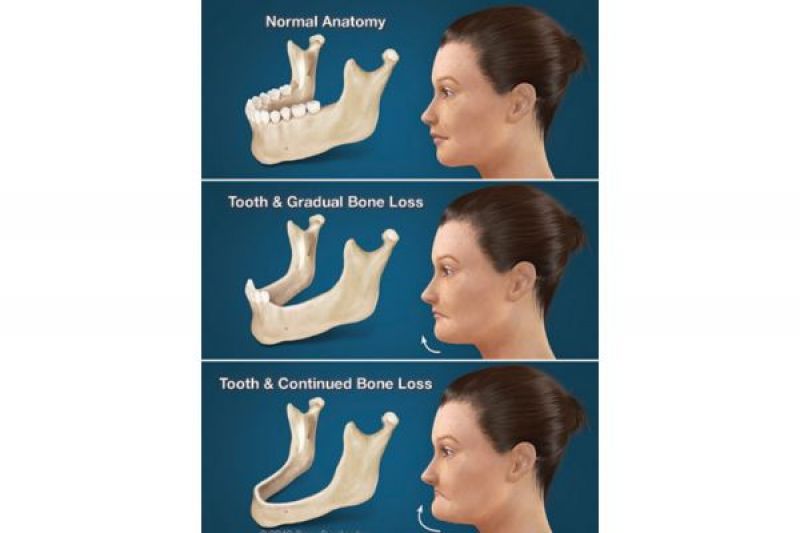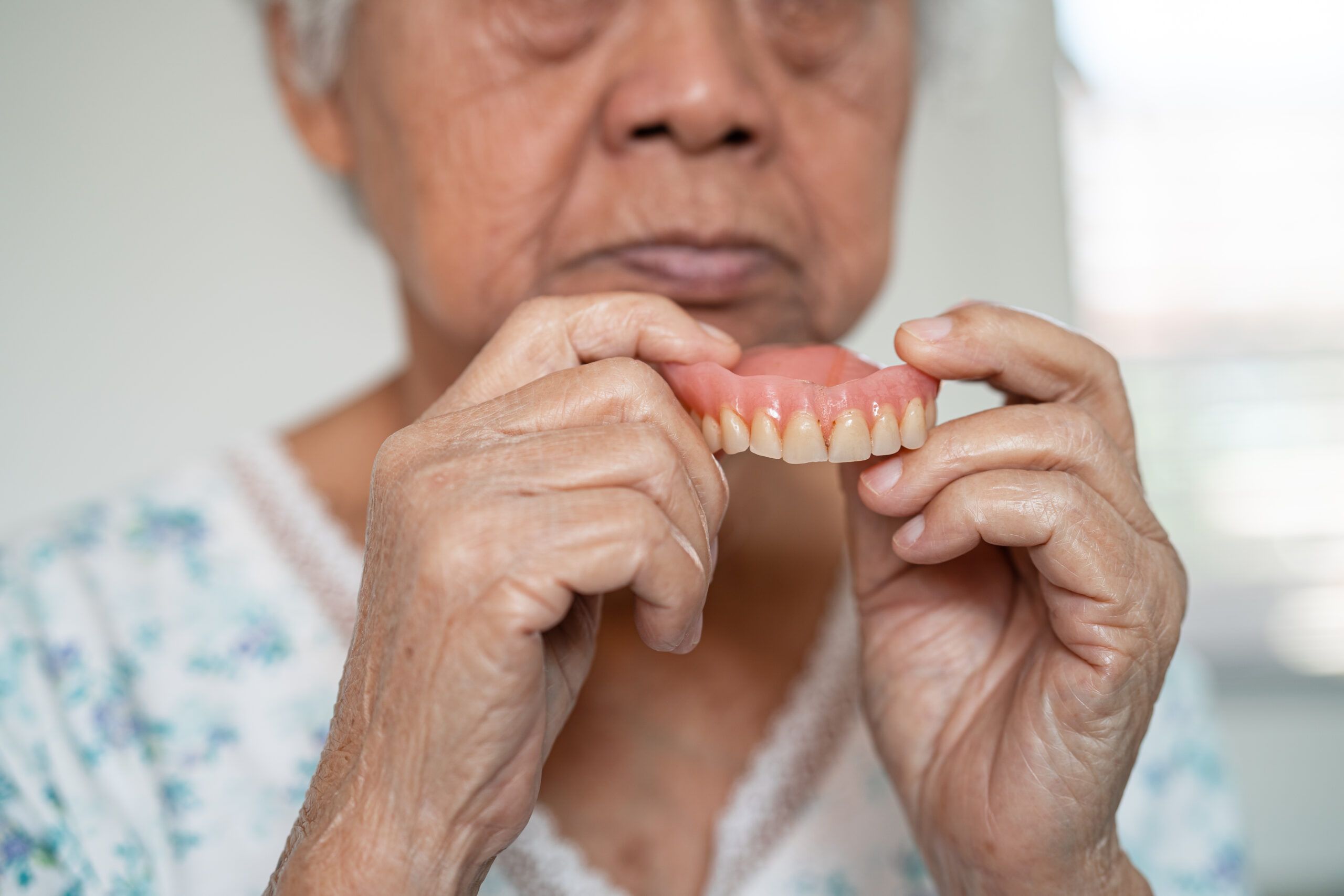
Hidden Consequences Of Losing Teeth
If you have lost any of your teeth, you no doubt realize there are consequences to living without them: Your smile may not look the way you want it to; eating, speaking and intimacy may be more difficult; and your self-confidence may fade. Though serious, these are not the only impacts. There are hidden consequences of losing teeth that affect not only your appearance but also your health.
Importantly, a loss of jawbone inevitably follows tooth loss. Bone needs stimulation to maintain its form and density. In the case of the jawbone, that stimulation comes from the teeth, which make hundreds of fleeting contacts with each other throughout the day. The small stresses produced by these contacts are transmitted to the bone, prompting it to regenerate constantly. When a tooth is lost, the stimulation it provided disappears. In just the first year of tooth loss, there is a 25% decrease in bone width. This is followed over the next few years by an overall 4 millimeters decrease in height. If enough teeth are lost, and as bone loss continues, the distance from nose to chin can decrease and the lower third of the face partially collapses. With a lack of structural support, the lips sag; that’s why toothless people often appear unhappy. Also, extreme loss of bone can make an individual more prone to jaw fractures.
You may also find that some of your remaining teeth actually shift into the spaces left open by your missing teeth. This in turn can cause additional bite problems and even jaw joint (TMJ) pain. Finally, compromised nutrition and poor general health can result if eating healthy foods like raw fruits and vegetables becomes too difficult without teeth.
Now here’s the good news: Dental implants — the state-of-the-art tooth-replacement method preferred by dentists — can prevent all this.
How Dental Implants Prevent Bone Loss
Dental Implants 101.Besides helping a person without teeth look and feel great again, dental implants actually prevent bone loss. That’s because they are made of titanium, which has a unique ability to fuse to living bone. By actually becoming a permanent part of the jawbone, dental implants stabilize and stimulate the bone to maintain its volume and density.
Dental implants are placed during a minor surgical procedure using local anesthetic and then, after a healing period, topped with a lifelike dental crown. Together, these precision components look, feel and function exactly like your natural teeth. Dental implant success rates exceed 95% — the highest of any tooth-replacement option.
Other Options for Tooth Replacement
Other than dental implants, your tooth-replacement options include fixed bridgework that incorporates or uses the adjacent teeth, and removable dentures. You should be aware, however, that the disadvantage of both of these options is that they may damage the anatomical structures on which they rest. For example, fixed bridges rely on support from two adjacent, possibly healthy teeth, which must be filed down and capped; this can make them susceptible to decay and root canal problems. Removable partial dentures hook onto existing teeth, which may become loose over time. And full dentures press on the bony ridges that used to support the teeth, accelerating the bone loss that began when the teeth were lost in the first place.
The above tooth-replacement options are all less expensive than dental implants, but only when viewed in the short term. Since bridgework and dentures may cause new problems and will likely need replacement themselves, they don’t offer the same long-term value. When viewed as an enduring investment in your comfort, health and well-being, implants offer the best return by far.
Table of Contents
More Categories
Other Articles You May Be Interested In











